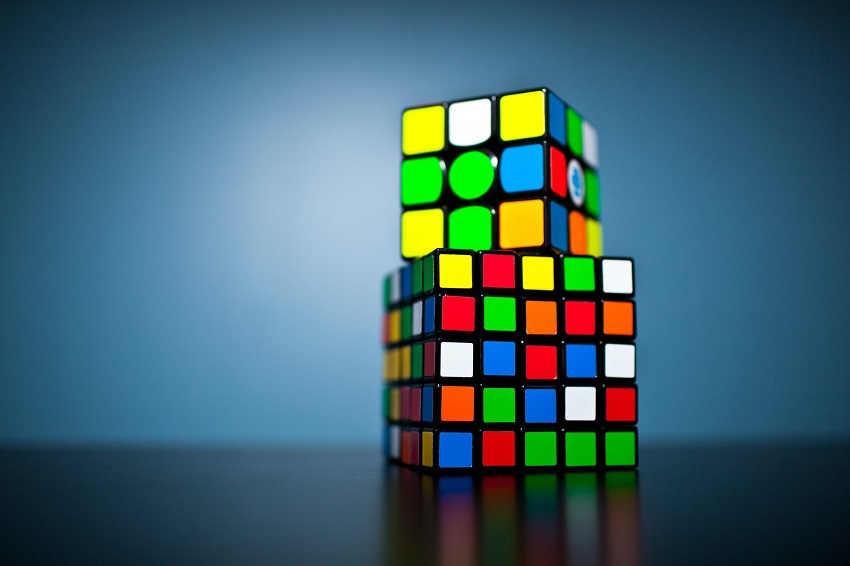Have you ever wondered what goes on in a consumer’s mind when they decide to make a purchase? Understanding the buying process is crucial for businesses aiming to attract and retain customers. In this article, we will explore the eight phases of the buying process, providing you with valuable insights into how consumers make purchasing decisions.
Introduction to the Buying Process
Before diving into the details, let’s have a brief overview of the buying process. The buying process refers to the series of steps that consumers go through when purchasing a product or service. These steps help consumers evaluate their needs, explore available options, make a decision, and ultimately make a purchase. By understanding these phases, businesses can align their marketing strategies to cater to consumers’ needs and preferences effectively. Explore the best books on buying a business.
1. Recognition of a Need
The buying process begins with the recognition of a need. This phase is triggered when a consumer becomes aware of a problem or desire. It could be a need for a specific product, an upgrade to an existing item, or simply a desire for something new. For example, someone might realize they need a new smartphone because their current one is outdated or no longer functional.
2. Information Gathering
Once a need is recognized, consumers move on to gather information about available options. During this phase, individuals seek out relevant information to evaluate different brands, models, features, and prices. They might consult friends, family, online reviews, or visit stores to get a better understanding of the available choices.
3. Evaluation of Alternatives
In the third phase, consumers evaluate the alternatives they have gathered during the information gathering phase. This involves comparing different brands, models, and features to determine which one best meets their needs and preferences. Factors such as quality, price, reputation, and previous experiences with the brand or product play a crucial role in this evaluation process.
4. Decision Making
After carefully evaluating the available alternatives, consumers reach the decision-making phase. At this point, they have narrowed down their options and are ready to make a purchase. In this phase, consumers consider factors such as affordability, convenience, and personal preferences to make a final decision.
5. Purchase
Once the decision is made, consumers proceed to make the actual purchase. This phase involves selecting the brand, model, and specific product variant and completing the transaction. The purchase can take place online or in physical stores, depending on the consumer’s preferences and convenience.
6. Post-Purchase Evaluation
After making a purchase, consumers evaluate their decision and the overall experience. They assess whether the product or service meets their expectations and if it provides the desired benefits. This phase plays a significant role in determining future brand loyalty and repeat purchases.
7. Product Usage
The seventh phase focuses on the consumer’s experience while using the purchased product. It includes factors such as product performance, usability, durability, and overall satisfaction. Positive experiences during this phase can lead to brand advocacy and positive word-of-mouth recommendations.
8. Post-Purchase Behavior
The final phase of the buying process deals with the consumer’s post-purchase behavior. This includes actions such as repurchasing the product, recommending it to others, or even returning it if dissatisfied. Understanding post-purchase behavior is essential for businesses to nurture customer relationships and enhance customer satisfaction.
Conclusion
The buying process consists of eight distinct phases that consumers go through when making a purchase. From recognizing a need to post-purchase behavior, each phase plays a crucial role in shaping consumers’ decision-making. By understanding these phases and tailoring marketing strategies accordingly, businesses can effectively engage with their target audience and increase their chances of success.
FAQs
Q: How long does the buying process typically take?
A: The duration of the buying process can vary depending on the complexity of the purchase. It can range from impulsive decisions made within minutes to extensive research and evaluation that takes weeks or even months.
Q: Is the buying process the same for all products and services?
A: While the fundamental phases remain similar, the duration and level of complexity may vary based on the nature of the product or service. Higher involvement purchases, such as buying a car or a house, often involve a more extended and intricate buying process compared to low-involvement purchases like grocery items.
Q: What role does marketing play in influencing the buying process?
A: Marketing plays a significant role in each phase of the buying process. Effective marketing strategies can create awareness, provide information, differentiate brands, and influence consumer decision-making, ultimately leading to increased sales and customer satisfaction.
Q: How can businesses leverage the buying process to their advantage?
A: By understanding the buying process, businesses can tailor their marketing efforts to address consumers’ needs and preferences at each phase. This can involve creating informative content, engaging with customers on social media, offering personalized recommendations, and providing exceptional post-purchase support.
Q: Can the buying process be influenced by external factors?
A: Yes, external factors such as cultural influences, social norms, economic conditions, and technological advancements can impact the buying process. These factors can shape consumer behavior and preferences, altering the way individuals go through each phase of the buying process.


